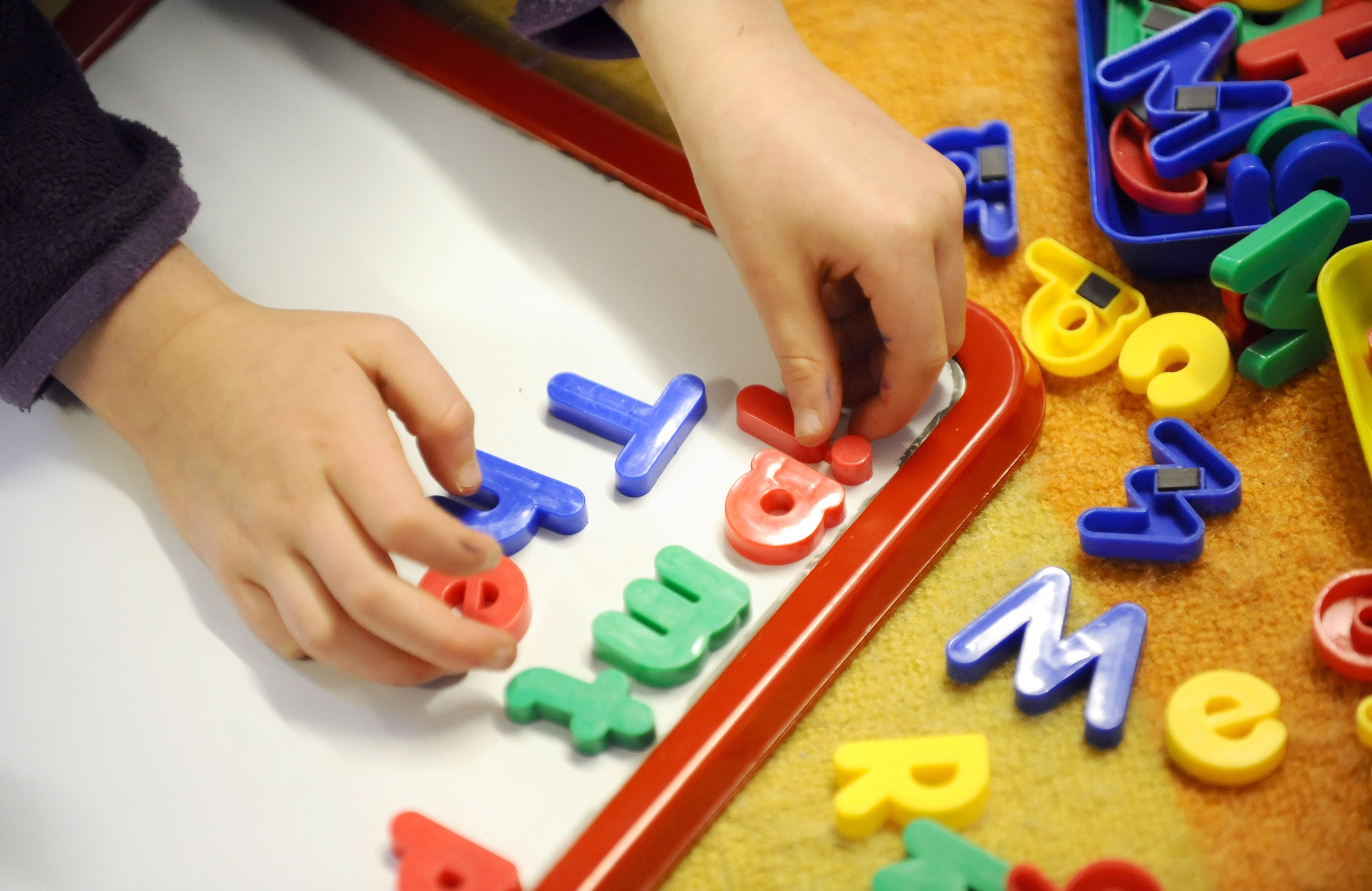Report finds system-wide failings damage the education of children in care
Too many children in care are receiving an ‘unacceptable’ level of education, with only a minority achieving strong GCSE passes.

Your support helps us to tell the story
From reproductive rights to climate change to Big Tech, The Independent is on the ground when the story is developing. Whether it's investigating the financials of Elon Musk's pro-Trump PAC or producing our latest documentary, 'The A Word', which shines a light on the American women fighting for reproductive rights, we know how important it is to parse out the facts from the messaging.
At such a critical moment in US history, we need reporters on the ground. Your donation allows us to keep sending journalists to speak to both sides of the story.
The Independent is trusted by Americans across the entire political spectrum. And unlike many other quality news outlets, we choose not to lock Americans out of our reporting and analysis with paywalls. We believe quality journalism should be available to everyone, paid for by those who can afford it.
Your support makes all the difference.System-wide failings are damaging the educational outcomes of children in care, according to a new report.
The Commons’ education committee report finds that looked-after children are receiving an “unacceptable” education, with only 7.2% of children in care achieving a “good” pass of a grade 5 in GCSE English and maths compared with 40.1% of non-looked-after children.
The report finds that children in care face “multiple educational disadvantages”, while the number of looked-after children is rising and could reach 100,000 by 2025.
It says attainment data presents a “bleak picture” for children in care, with only 37% of looked-after children reaching expected standards in reading, writing and maths at Key Stage 2, compared with 65% of non-looked-after children.
At GCSE, the average Attainment 8 score – a measure of achievement across eight qualifications – for children in care was 19.1 compared with 44.6 for children not in care. At age 16, children in residential care scored over six grades less at GCSE than those in kinship or foster care.
The report acknowledges that these statistics partly reflect the “traumatic life experiences” of many children in care, as well as their higher rates of special educational needs relative to the wider population.
The state fails to act as a pushy enough corporate parent
But it adds that the education committee’s inquiry “identified a host of indefensible system failings that result in looked-after children receiving educational experiences that we certainly would not deem acceptable for our own children”.
Young people who had been in residential care told the committee that they had frequently changed schools, missed out on education, had had little support for special educational needs and had found the transition from leaving care to living independently difficult.
The report said that the state “fails to act as a pushy enough corporate parent” when it comes to children in care.
The committee said that schools which fail to admit looked-after children should face sanctions, such as lower Ofsted judgments, while councils should be doing more to ensure children in care go to schools rated as “good” or “outstanding”.
A “culture of impunity” allows schools to turn looked-after children away, with only 76% of children in residential care attending state schools going to “good” or “outstanding” schools, compared with 84% of children nationally.
This is compounded by a “black hole” of data within the care system, with no disaggregated data for children placed in children’s homes available, according to the Department for Education.
It added that children in care should be attending full-time education in a school. Yet Ofsted research found that 9% of a sample of more than 2,600 children in care attended unregulated education, for example online schooling, which is not inspected by Ofsted and has no quality assurance, while 6% were not in education, employment or training.
The Pupil Premium Plus funding should also be extended past the age of 16, the report suggests, as otherwise the educational needs of looked-after children go unmet, especially at a time when nearly a quarter – 23% – of children in care are aged 16 or over.
The inquiry, launched in March 2021, found that only 41% of 19–21-year-old care leavers are not in education, employment or training (NEET) and only 22% of care leavers aged 27 are in work, compared with 57% of others.
When care-leavers are in work, there is a £6,000 pay gap with their peers. The report calls on the Government to use unspent apprenticeship levy funds to raise the apprentice minimum wage for care-leavers.
The committee said that the Government must also roll out the Staying Close programme nationally. This pilot scheme offers care-leavers suitable move-on accommodation when leaving care that is close to their previous children’s home.
These children are being let down by the system which should be there to support them
The inquiry found that there were more than 6,000 young people in care living in unregulated accommodation, an 80% increase since 2010, which poses “a barrier” to their educational progress, as children struggle to feel comfortable or focus on their studies in an unsuitable living environment.
Committee chair Robert Halfon said: “Children’s time in a care home shouldn’t define their life prospects.
“It is wrong that these children have been forgotten – just 7% of these young people achieve a Grade 5 in their English or Maths GCSE and 41% are not in employment, education or training.
“These children are being let down by the system which should be there to support them.
“The least the system can do is its legal duty to make sure that looked after children get prioritised for the good and outstanding schools that can cater to their needs, which are often more complex than children living with their parents.
“But many are abdicating even that responsibility, using children’s own circumstances against them with impunity.”